 Clearing out the warehouse to make room for new stock, we found two boxes of mint copies of this book from 1997! Rarely available even from second-hand bookshops, this is a chance for you to acquire your own copy at less than the original cover price.
Clearing out the warehouse to make room for new stock, we found two boxes of mint copies of this book from 1997! Rarely available even from second-hand bookshops, this is a chance for you to acquire your own copy at less than the original cover price.
This is a paperback book covering the design, construction and service of Cunard’s four-funnelled express liner Aquitania. Published in 1997, this is smaller than our newer offering but still very detailed book about this beautiful liner. In 72 packed pages, every facet of the liner’s construction and service are covered.
Her first three commercial North Atlantic crossings in 1914 were a triumph. Then Aquitania proudly gave four years of service to her country, as an armed merchant cruiser, then a troopship and a hospital ship.
Aquitania’s peacetime service
Aquitania resumed her peacetime service and quickly became popular. Although she never fought for the Blue Riband, she was still one of the fastest liners on the route. Increasing US immigration restrictions, Prohibition, the Great D
World War II
With the advent of yet another war, she was soon requisitioned as a troopship, giving six years of hard work around the world.
Her last few years were spent repatriating American and Canadian troops, German prisoners of war and war brides, before taking emigrants to their new lives in a new world. She was finally scrapped in 1950.
72 pages. £10.00 plus shipping
CLICK HERE TO RETURN TO OVERVIEW PAGE

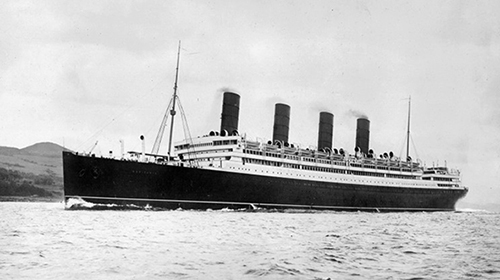
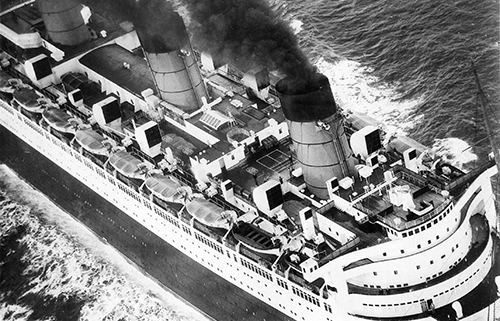
 Having gained the Blue Riband in August 1936, covered in the previous volume, further refinements were made to Queen Mary during the winter of 1936/1937. These helped her to keep the Blue Riband against several tries by Normandie.
Having gained the Blue Riband in August 1936, covered in the previous volume, further refinements were made to Queen Mary during the winter of 1936/1937. These helped her to keep the Blue Riband against several tries by Normandie.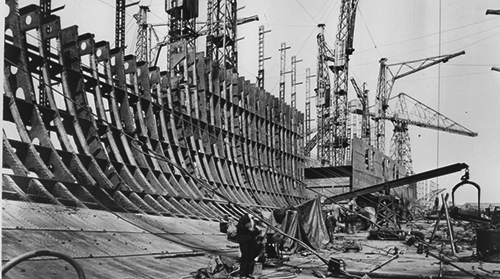
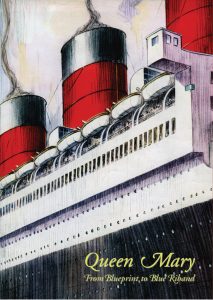

 This book represents an eclectic choice – the author’s personal favourite historic, legendary liners. The hardest part was in deciding which liners to leave out!
This book represents an eclectic choice – the author’s personal favourite historic, legendary liners. The hardest part was in deciding which liners to leave out!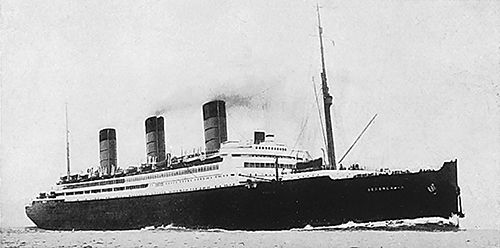
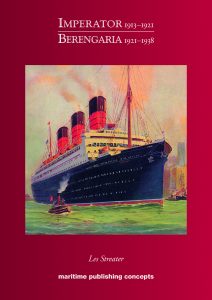 A hardback book covering the design, construction and service of Cunard’s popular express liner Berengaria.
A hardback book covering the design, construction and service of Cunard’s popular express liner Berengaria.
 A hardback book covering the design, construction and service of Cunard’s four-funnelled express liner Aquitania.
A hardback book covering the design, construction and service of Cunard’s four-funnelled express liner Aquitania.